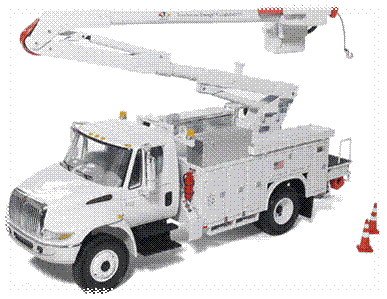
Bucket Truck Safety
Bucket trucks are complex and require specialized training to operate. In order to ensure your safety, and the safety of others working in the area, it is important that you know the risks you face.
By Trevor Reschny, CSP
Few pieces of equipment are as complex and create more dangers to the operator than a bucket truck. If you have bought one, or even rented one, you’ll know that the user guides and repair manuals are easy to locate. On the other hand there is no “training manual” for bucket truck operators.
Power tools, scaffolds and even ladders typically have free sources for self-study training, with much emphasis on safety. But for some reason nothing is available that addressed the safe usage of a bucket truck.
OSHA does provide a basic outline but it is short on specifics. In addition each work environment has its own issues regarding safe practices and fall protection but all require safety guidelines, training and periodic recertification.

Common Hazards
Strains and injuries caused by improper lifting and climbingInjuries common while using a bucket truck include:
- Falls from as little as five feet, which can result in broken bones
- Tip-overs and collapses, endanger personnel in the bucket and on the ground
- Being struck by falling objects (mostly endangers workers on the ground)
- Getting caught between equipment and fixed structures (especially fingers)
- Being knocked out of a bucket when the truck is struck by another vehicle
- Electrocution or physical injury due to electric shock
Damage and injuries occur when:
- Inspections are not performed according to the manufacturers recommendations
- The truck is not properly positioned and secured for use
- The operator is not fully aware of objects around, above and below the bucket
- Tools and parts are not secured in their proper place
- The manufacturers limits are exceeded
Driving and Locating the Truck
- A bucket truck is one of the most complex forms of aerial lift devices. Driving a bucket truck to the site and positioning it correctly requires special skill and knowledge. Even a small truck weighs over four tons and cannot stop on a dime. The first time you have to stop your truck suddenly you’ll realize why bucket trucks are notorious for rear-impact collisions.
- A three ton lift places the center of gravity of the truck very high; observe tip-over signs on curves and exit ramps. Heavy trucks easily get stuck off-road, especially in wet or slippery conditions. Bucket trucks have poor rear visibility and should not be backed up unless you finds it absolutely necessary and have a spotter. You should also want to install a backup-alarm to warn anyone in the vicinity that a dangerous operation is being performed. Placing the truck in the ideal location takes knowledge of the boom length, manufacturer’s limits, and surface conditions.
Training Requirements
- OSHA establishes mandatory requirements for training and certification by employers. OSHA defines training requirements in 29 CFR 1910.268.
- The regulation says: Employers shall provide training in the various precautions and safe practices described in this section and shall ensure that employees do not engage in the activities to which this section applies until such employees have received proper training in the various precautions and safe practices required by this section."
- If you are not trained and qualified on a piece of equipment you should not use it. Using unqualified operators carries the risk of higher costs, lost time and increased liability.
A practical bucket truck safety course should:
- Place emphasis on factors that may seem trivial but are not
- Provide specific examples of dangers unique to the equipment
- Supply you with handouts, checklists and references to use at your work
Fall Protection
- While it is rare for an employee to fall out of a bucket, it is more common that one will bounce out when another vehicle hits the aerial lift truck.
- OSHA regulations for fall protection are not clear when it comes to bucket trucks. Once you get more than six feet off the ground, personal fall protection is mandated by OSHA’s construction industry standard (1926.501).
- The question is do we put someone in a body belt or a full body harness? As long as the person cannot fall farther than two feet, the belt is acceptable. If they could fall farther than two feet, a full body harness and lanyard are required. In a practical sense if you restrict the employees fall to two feet, then their lanyard cannot be more than two feet long. This would seriously restrict movement in the bucket, which is not always feasible. As a consequence, most people use a full body harnesses with a six-foot lanyards or a small self-retracting lanyard (SRL).
- Oh yea…never belt off to an adjacent pole, structure or other equipment, except in an emergency.
Pre-Use Safety Check. Check the following each day before using a bucket truck:
- Maintenance records that are up to date, or your knowledge of same
- Wheels and tires. Check tire pressure
- Fuel, engine oil levels and hydraulic fluid level
- Hydraulic fluid, oil, fuel and cooling system leaks; listen for air leaks
- Look for loose or missing parts, rust and deteriorating welds
- Test ground level controls first, then all bucket controls before you go up
- Safety devices such as railings, bucket door catches and redundant catches
- Personal protection equipment: snaps that don't stick; age of your hard hat
- Any other items specified by the manufacturer
Check the Work Area
- Never work on a slope that exceeds the limits specified by the manufacturer.
- Check the area for soft spots, holes, drop-offs, bumps, and debris.
- Check for overhead power lines, trees, building overhangs, etc.
- Before moving the truck be sure that the boom is cradled and tied down and that all other equipment is secure.
Personal Protective Equipment (PPE)
You should wear the following personal protective equipment:
- Hard hat
- Eye protection
- Gloves appropriate for the work being done
- Personal Fall Arrest
- Other equipment based on your tasks (i.e. Chain saw= Chaps, eye and face Protection)
Operating a Bucket Truck
- Set outriggers, brakes, and use wheel chocks, even if you are working on a level slope. Automatic transmissions should be placed in park; manual transmissions in low gear.
- If working near traffic, set up work zone warnings with cones, ropes and signs. (Refer to MOT requirements) (Link to https://safetylinks.net/index.php/training/mot-traffic-control)
- Close and latch the bucket or platform door and attach the safety chain.
- Stand on the floor of the bucket or lift platform. Never climb on anything inside the bucket to extend your reach.
- Do not climb on tool brackets in the bucket or lean over the railing.
- Never exceed the manufacturer’s load capacity limit. This includes the combined weight of the worker(s), tools and material.
- Establish and clearly mark a danger zone around the bucket truck.
- Never move the truck with workers in the elevated platform unless the equipment has been specifically designed and certified for this type of operation.
- Use particular care when positioning the basket between overhead hazards, such as joists or under an overhang. If the basket moves, the worker in the bucket could become crushed between the rails and the fixed structure.
Emergency Escape
- If you have a fleet of bucket trucks you can extract a stranded worker by dispatching another truck when the manufacturer's provided backup systems fail.
- You should be concerned with escaping from a bucket when working alone and the lift fails. There are several methods used when stranded in the bucket:
- Auxiliary Power or Backup Pump
- Emergency Lowering Valve or Holding Valve Bleeding
- Escape Ladder or a Controlled Decent Rope
- Lower Controls (with and without an incapacitated worker)
One last thing…You Must Know
- How to drive the truck safely on the highway
- How to locate and prepare the truck for aerial lift use
- How to inspect the equipment before using it
- Hydraulic equipment function and hazards
- Insulating factors of the truck, if any
- How to put on personal fall arrest equipment (PFAS)
- How to operate the boom from the bucket and from the ground
- Clearance above, below and alongside the bucket while using it
- Emergency procedures for equipment failure and accidents
Remember bucket trucks are complex and require specialized training to operate. In order to ensure your safety and the safety of others working around you, it is important that you know the risks you face.
For more information or to take our bucket truck operator course, visit https://safetylinks.net/index.php/training/equipment-operation/bucket-truck.
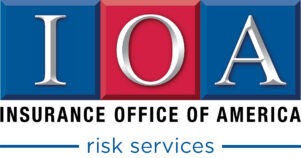


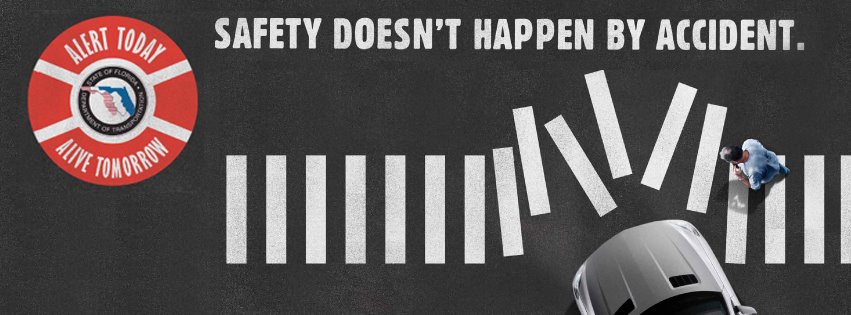


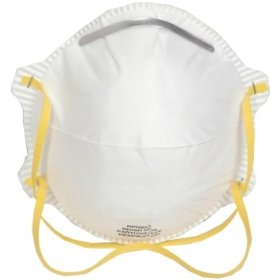
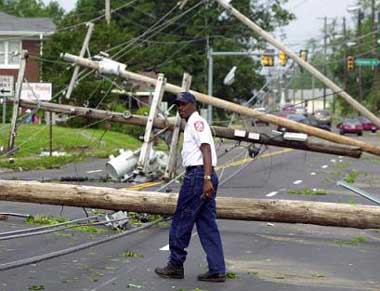
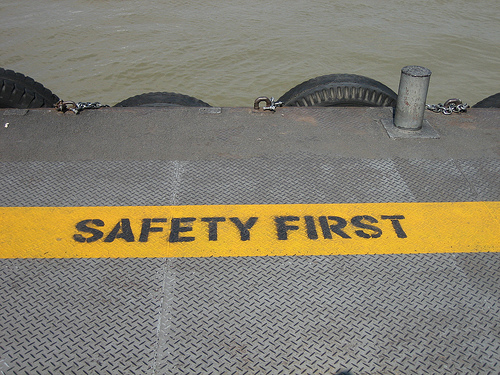
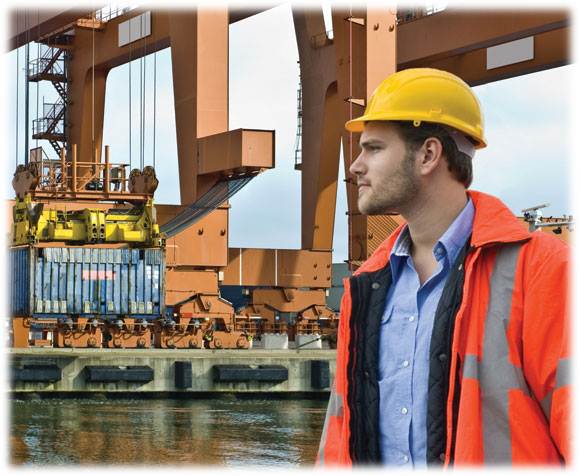
 Occupational Health and Safety Technologist (OHST) or a Certified Loss Control Specialist (CLCS) is a person who performs occupational health and safety activities on a full-time or part-time basis as part of their job duties. These certificate holders do not require a college degree and the certification requirements are less stringent than some of the other certifications listed below. For more information click here.
Occupational Health and Safety Technologist (OHST) or a Certified Loss Control Specialist (CLCS) is a person who performs occupational health and safety activities on a full-time or part-time basis as part of their job duties. These certificate holders do not require a college degree and the certification requirements are less stringent than some of the other certifications listed below. For more information click here.